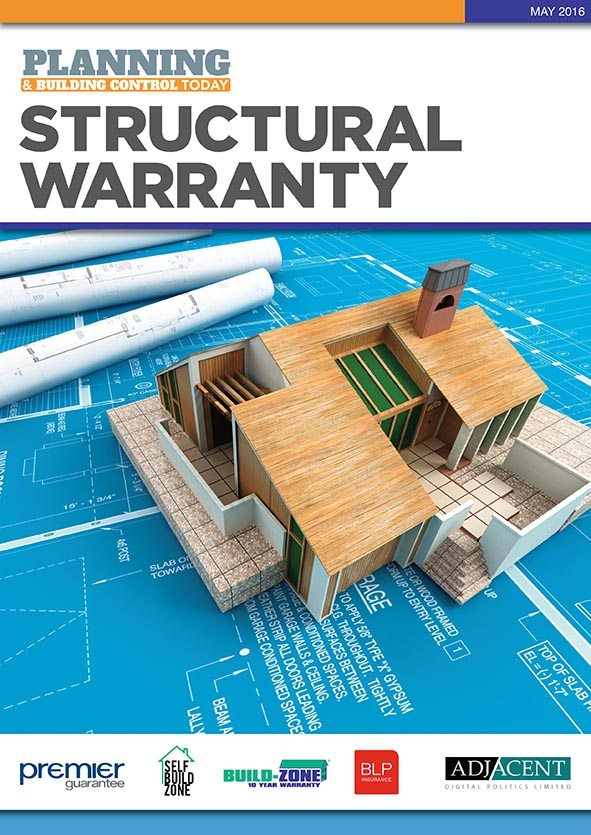Making structural warranty easy
A structural warranty is a safety-net for a home-owner’s most valuable asset – their home.
A structural warranty provides the buyer of a residential property with insurance cover against the costs of putting right defects in the property that arise after completion of construction due to defective design, workmanship or materials. The insurance cover usually runs for 10 years from completion of construction.
If there is something fundamentally wrong with a house such as the walls cracking, penetrating damp or the drains not working properly, the warranty provider will fix it instead of the house owner being left with the responsibility.
It’s worth noting that normal house insurance wouldn’t cover you against any defects if you are altering a property through an extension, renovating or conversion, including a loft or garage. So, ensuring you have the right type of insurance is of vital importance.
As a build progresses, a warranty provider will carry out a series of inspection processes, resembling those undertaken for building regulation approval. However, unlike a building regulation approval, a building warranty is not a statutory requirement.
Most banks and building societies require a structural warranty before they will lend against a newly built property. The design workmanship and material aspects that it covers are not usually included in standard buildings insurance and the mortgage lenders want to manage their risk.
In an effort to guarantee standards, an industry led code came into effect in April 2010. The Consumer Code for Homebuilders was developed to make the home buying process fairer and more transparent for purchasers. It is intended that all new home buyers are treated fairly; know what levels of service to expect; and are given information about their purchase and their consumer rights before and after they move in. The Code also requires home buyers to know how to access speedy, low-cost dispute resolution arrangements to deal with complaints.
This publication details the importance of ensuring that a suitable warranty is in place, the processes involved, and the solutions available.



